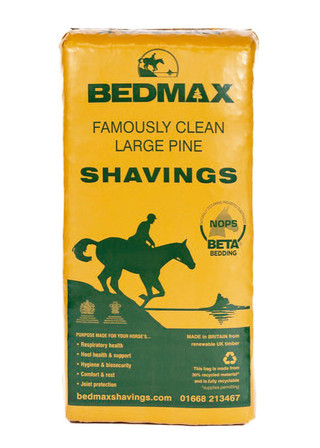The Kennedy Wild Bird Food Guide to the Song Thrush
The Song Thrush is part of the Thrush bird family. It is a popular garden songbird commonly seen in gardens all across the country. Discover all there is to know about this beautiful songbird in our complete guide, including how to identify a song thrush and what you can feed them.Song Thrush facts and behaviour
The Song Thrush has a length of approximately 23cm and a wingspan between 33-36cm. In the UK, there are over 1.2 million Song Thrushes living in our woodland as well as urban and suburban areas. They tend to return to the same wintering areas, but the female might have a separate wintering area until the breeding season comes around.what do they look like?
 A Song Thrush can often be identified by its dark brown/orange colour, black beak and brown/pink legs. Although similar in appearance to the Mistle Thrush and Redwing, they are actually much smaller than the Mistle Thrush and has smaller, spotted markings along with darker feathers.
It’s difficult to tell the difference between a male and female song thrush due to their almost identical appearance.
A Song Thrush can often be identified by its dark brown/orange colour, black beak and brown/pink legs. Although similar in appearance to the Mistle Thrush and Redwing, they are actually much smaller than the Mistle Thrush and has smaller, spotted markings along with darker feathers.
It’s difficult to tell the difference between a male and female song thrush due to their almost identical appearance.
What do they sound like?
The song has a distinctive sound that you will most likely recognise from your garden or local park. Take a look at the video below to hear its impressive song. Click here to listenWhat do they eat?
They are omnivorous, meaning they eat a range of invertebrates such as earthworms and snails. However, they will also eat soft fruit and berries where available. During the winter months, when food is sparse, land snails are very important for the survival of the song thrush. If you’d like to attract song thrushes into your garden, or perhaps you’re taking part in a little birdwatching, you can grab some of their favourite bird food such as our live mealworms and waxworms. A Song Thrush in your garden might even be spotted under your bird seed feeder, tucking into our specially blended Blackbird and Thrush mixture, particularly during the colder months.Habitat: where can you find them?
They can be spotted in the countryside, woodland, parks and gardens across the UK. If an urban or suburban area has trees, it’s likely that you will find them nesting there, too. They are intelligent birds that will travel wherever there is a food source. They are common throughout most of Europe, but not in southern parts of Italy or Greece. This common bird has even spread to parts of Russia and Siberia. Don’t forget, you can log any sightings on our Birdspotter app!










